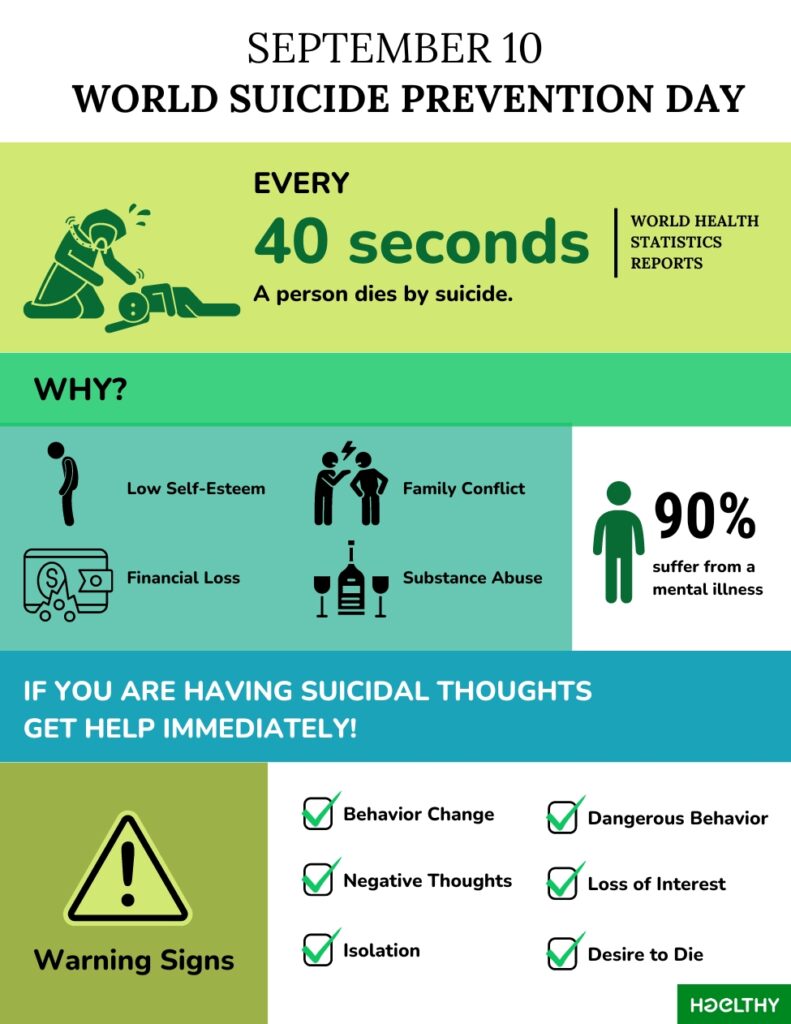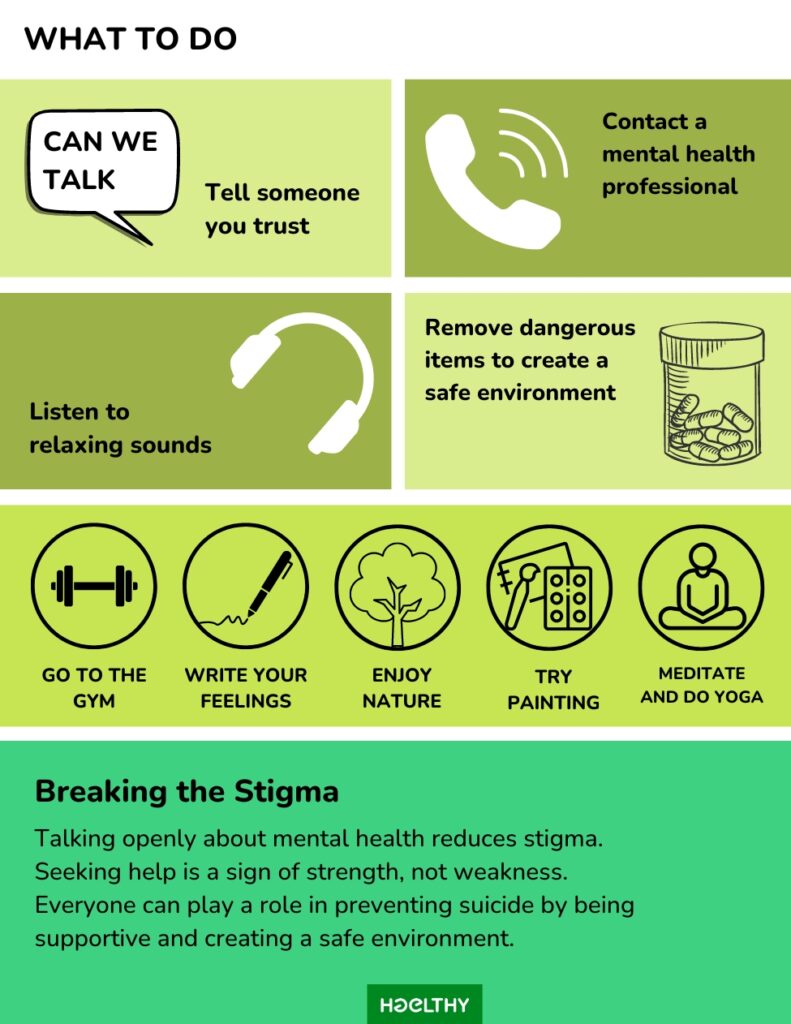Suicide Prevention Day, observed on September 10 each year, serves as a critical reminder of the ongoing global fight to reduce the tragic loss of life to suicide. While there has been notable progress in some countries, the scale of the issue remains alarming, and much more needs to be done to protect vulnerable individuals. The World Health Organization (WHO) has underscored the need for governments worldwide to implement robust suicide prevention strategies. The theme of this year’s Suicide Prevention Day is centered on raising awareness, encouraging action, and promoting global unity in the fight against suicide.
In recent years, some countries have taken important steps toward developing and implementing national suicide prevention strategies. According to WHO, the number of countries with such strategies has grown in the five years since the publication of its first global report on suicide. However, the number is still woefully inadequate, with only 38 countries having a formal national plan in place. This lack of comprehensive planning highlights the need for greater commitment from governments worldwide.
Despite the progress, the current reality is sobering. One person dies every 40 seconds from suicide, making it a significant public health concern. WHO Director-General, Dr. Tedros Adhanom Ghebreyesus, pointed out that every suicide is a tragedy, not only for the individual but also for their family, friends, and colleagues. He emphasized that suicides are preventable and called on all nations to incorporate proven suicide prevention strategies into their health and education programs in a sustainable manner.


Pesticide regulation: an under-used but highly effective strategy
The intervention that has the most imminent potential to bring down the number of suicides is restricting access to pesticides that are used for self-poisoning. The high toxicity of many pesticides means that such suicide attempts often lead to death, particularly in situations where there is no antidote or where there are no medical facilities nearby.
As indicated in the WHO publication released today, Preventing suicide: a resource for pesticide registrars and regulators, there is now a growing body of international evidence indicating that regulations to prohibit the use of highly hazardous pesticides can lead to reductions in national suicide rates. The best-studied country is Sri Lanka, where a series of bans led to a 70% fall in suicides and an estimated 93 000 lives saved between 1995 and 2015. In the Republic of Korea – where the herbicide paraquat accounted for the majority of pesticide suicide deaths in the 2000s – a ban on paraquat in 2011-2012 was followed by a halving of suicide deaths from pesticide poisoning between 2011 and 2013.
Key suicide prevention day Strategies
Suicide is preventable, and several key strategies have proven effective in reducing suicide rates worldwide. These strategies include:
Restricting Access to Means: The most common methods of suicide include hanging, pesticide self-poisoning, and firearms. Limiting access to these means can significantly reduce suicide rates.
Media Education: Responsible reporting of suicide in the media plays a vital role in preventing copycat suicides. Educating media professionals on how to report suicide in a sensitive and responsible manner can reduce its occurrence.
Life Skills Programs for Young People: Implementing educational programs to help young people build life skills and better cope with stress has been shown to be an effective prevention measure.
Early Identification and Management: Identifying individuals at risk of suicide, offering early intervention, and providing consistent follow-up care is critical in preventing suicide attempts and saving lives.
Improving Data Quality for Better Prevention
Accurate data is essential for developing effective national suicide prevention strategies. However, in 2016, only 80 out of 183 WHO Member States had high-quality vital registration data. The lack of reliable data, particularly in low- and middle-income countries, hinders efforts to monitor trends, evaluate interventions, and track progress toward reducing suicide globally.
Enhancing surveillance and data collection is a vital step in suicide prevention, enabling countries to better understand the scope of the issue and tailor their interventions accordingly. Governments and health organizations must prioritize improving data quality to create targeted, impactful prevention programs.
The 40 Seconds of Action Campaign in suicide prevention day
In collaboration with partners like the World Federation for Mental Health and the International Association for Suicide Prevention, WHO has launched the “40 Seconds of Action” campaign, emphasizing the importance of mental health and suicide prevention. The campaign will culminate on October 10, World Mental Health Day, which will also focus on suicide prevention. The initiative encourages people worldwide to take just 40 seconds to initiate conversations about mental health, offer support to those in need, or spread awareness through social media.
Conclusion
World Suicide Prevention Day reminds us that while progress has been made, much more must be done to reduce suicide rates worldwide. Governments, organizations, and individuals all have a role to play in preventing suicide. By implementing proven strategies, improving data collection, and fostering open dialogue about mental health, we can work together to save lives and provide hope to those in need.
Let this day be a reminder that suicide is preventable, and every action we take, no matter how small, can make a difference in someone’s life.




